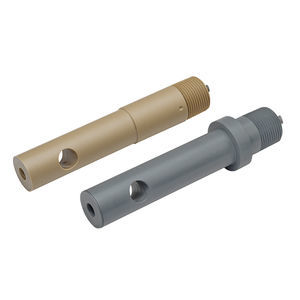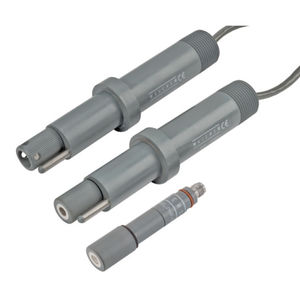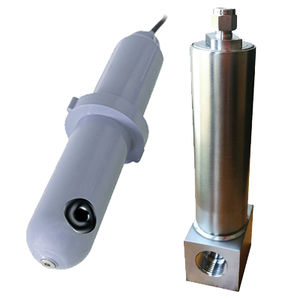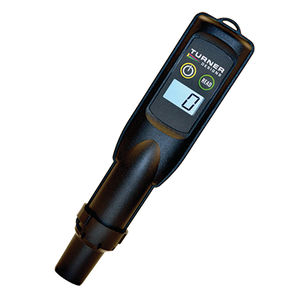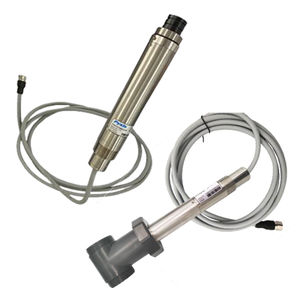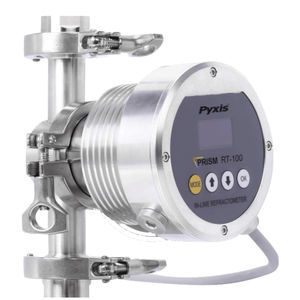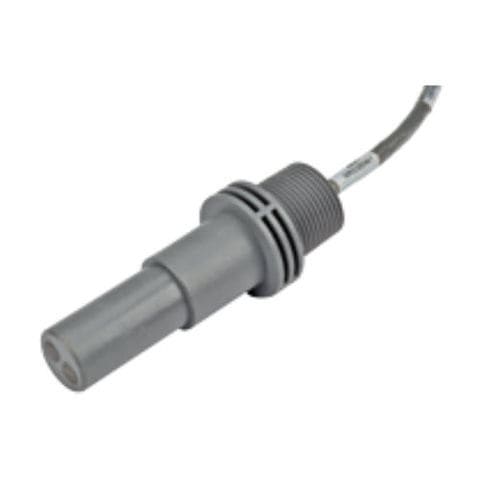
Conductivity sensor


Add to favorites
Compare this product
Description
Contacting Conductivity Sensors measure conductivity of a solution via electrodes. They are ideal for use in cooling towers and boilers, reverse osmosis equipment, and other non-oily applications. A variety of cell constants are available to handle a range of conductivities. They are available in several different configurations:
Cooling Tower Contacting Conductivity Sensors
These cell constant 1.0 sensors are designed for cooling towers with water up to 30,000 μS/cm. Lower pressure (up to 150 PSI, 10 atm) polypropylene sensors are available with graphite or stainless steel electrodes, and may be installed inline or submersion. High pressure (up to 300 PSI, 20 atm) inline sensors are constructed from stainless steel and PEEK.
WebMaster controllers require active sensors. These sensors contain electronics to convert the sensor signal to a voltage that these controllers can read. W400 series controllers use passive sensors that have cables dressed specifically for them. W100 series controller’s passive sensors are dressed differently.
Performance specifications vary with the type of controller, refer to the controller brochure. Typical cooling tower temperatures are 0 to 70 °C, 32 to 158 °F.
Boiler Contacting Conductivity Sensors
These cell constant 1.0 sensors are designed for boilers with water up to 10,000 μS/cm and pressures up to 250 PSI, 16.7 atm). These inline sensors are constructed from stainless steel and PEEK.
Catalogs
No catalogs are available for this product.
See all of Walchem‘s catalogsExhibitions
Meet this supplier at the following exhibition(s):

Related Searches
- Electrochemical electrode
- Refractometer
- PH sensor
- Conductivity sensor
- Digital refractometer
- PH electrochemical electrode
- Laboratory electrochemical electrode
- Plastic electrochemical electrode
- Dissolved oxygen sensor (DO)
- ORP electrochemical electrode
- Redox pH sensor
- Process dissolved oxygen sensor (DO)
- Analog conductivity sensor
- Digital dissolved oxygen sensor
- Optical dissolved oxygen sensor (DO)
- Industrial electrochemical electrode
- Process refractometer
- RS-485 dissolved oxygen sensor (DO)
- RS-485 pH sensor
- Rugged electrochemical electrode
*Prices are pre-tax. They exclude delivery charges and customs duties and do not include additional charges for installation or activation options. Prices are indicative only and may vary by country, with changes to the cost of raw materials and exchange rates.


